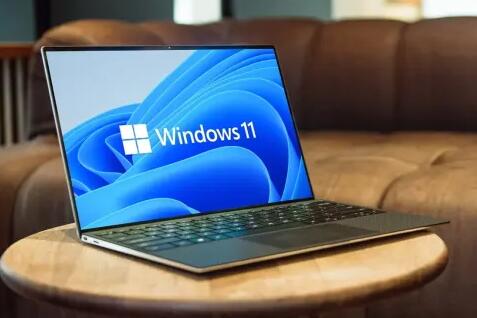In the digital age, photos hold precious memories, and losing them can be devastating. Whether it’s an accidental deletion, a formatting error, or a system crash, recovering deleted photos can seem daunting. However, Windows 11 offers several methods to recover lost files, and with the right approach, you can restore your cherished images.
File Deletion in Windows 11
When you delete a file in Windows 11. it typically goes to the Recycle Bin. If you empty the Recycle Bin or delete files permanently (using Shift + Delete), they aren’t truly gone; the space they occupied is marked as available for new data. This means recovery is possible until that space is overwritten.

Methods for Recovering Deleted Photos
Method 1: Check the Recycle Bin
The first step in recovering deleted photos is to check the Recycle Bin.
Open Recycle Bin: Double-click the Recycle Bin icon on your desktop.
Search for Deleted Photos: Look for your deleted photos in the list. You can use the search bar in the top right corner to quickly find specific files.
Restore Photos: Right-click on the photos you want to recover and select “Restore.” This will return the files to their original location.
Method 2: Restore Previous Versions
If the photos are not in the Recycle Bin, you may still recover them using the “Previous Versions” feature.
Navigate to the Folder: Go to the folder where the photos were originally stored.
Right-click and Select Properties: Right-click on the folder and choose “Properties.”
Previous Versions Tab: Click on the “Previous Versions” tab. You’ll see a list of available backups.
Select and Restore: Choose a version from before the photos were deleted, then click “Restore.”
Method 3: Use File History
If you have File History enabled, recovering deleted photos becomes much easier.
Access Settings: Click on the Start menu and select “Settings.”
Update & Security: Navigate to “Update & Security” and click on “Backup.”
Restore Files: Click on “More options” under the File History section, then select “Restore files from a current backup.”
Search for Photos: Use the search function or browse through the backed-up files to find your deleted photos.
Restore: Select the photos and click on the green “Restore” button.
Method 4: Use Third-Party Data Recovery Software
If the above methods do not work, you may need to resort to third-party data recovery software. Several reputable programs can help recover deleted photos.
Recommended Software
Recuva: A user-friendly tool that can recover a wide variety of file types, including images.
EaseUS Data Recovery Wizard: Offers a straightforward interface and powerful recovery options.
Disk Drill: Provides extensive file recovery options and can recover lost partitions.
How to Use Data Recovery Software
Download and Install: Choose a recovery program, download it, and install it on your laptop.
Run the Software: Open the program and follow the on-screen instructions.
Scan for Deleted Files: Select the drive where the photos were located and start the scanning process. This may take some time, depending on the size of the drive.
Preview and Recover: Once the scan is complete, preview the recoverable files. Select the photos you wish to recover and click the “Recover” button.
Method 5: Check Cloud Backups
If you have been using cloud storage services like OneDrive, Google Drive, or Dropbox, you may be able to recover your deleted photos from there.
Access Your Cloud Account: Log in to the cloud service where your photos were backed up.
Check the Trash or Deleted Files: Most services have a section for deleted files. Look for your photos there.
Restore: Select the files you want to recover and choose the restore option.
Preventing Future Photo Loss
While recovery is possible, it’s always better to prevent data loss in the first place. Here are some tips to help safeguard your photos:
Regular Backups
Use File History: Set up File History to back up your files regularly. You can find this in the Settings under “Update & Security” > “Backup.”
Cloud Storage: Utilize cloud services like OneDrive, Google Drive, or Dropbox for automatic backups. These services often offer free storage options.
Organize Your Files
Create Folders: Organize your photos into well-structured folders. This makes it easier to find files and reduces the chances of accidental deletion.
Rename Files: Use descriptive names for your photos. This helps in identifying and locating files quickly.
Use Protection Software
Antivirus Programs: Install and maintain a reliable antivirus program to protect your laptop from malware, which can cause data loss.
Data Recovery Software: Keep a data recovery program installed on your laptop, ready for use if needed.
About us and this blog
Panda Assistant is built on the latest data recovery algorithms, ensuring that no file is too damaged, too lost, or too corrupted to be recovered.
Request a free quote
We believe that data recovery shouldn’t be a daunting task. That’s why we’ve designed Panda Assistant to be as easy to use as it is powerful. With a few clicks, you can initiate a scan, preview recoverable files, and restore your data all within a matter of minutes.
Subscribe to our newsletter!
More from our blog
See all postsRecent Posts
- How to recover a deleted slide in powerpoint? 2025-02-27
- How to recover deleted capcut videos? 2025-02-27
- How to recover a file deleted from a shared drive? 2025-02-27










